Letter from Liverpool
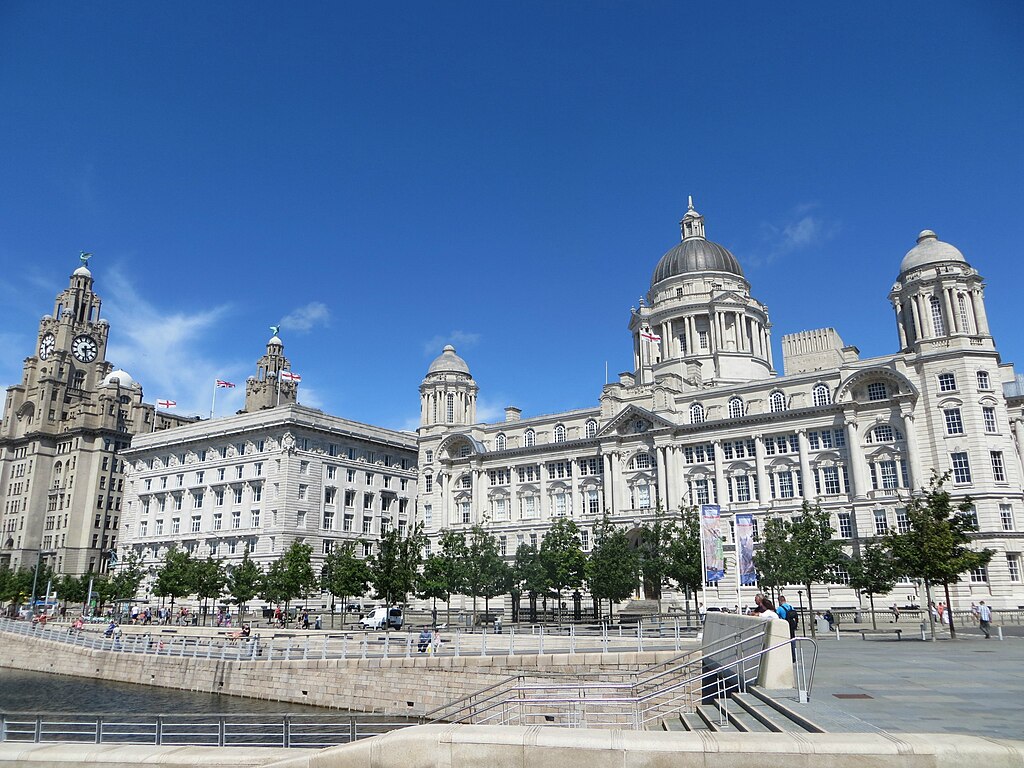
Ant Evans
When I think of Liverpool, memories of travelling back and forth on a regular basis to attend hospital appointments spring to mind. I have had more than my fair share of operations over the course of a thirty two year period between 1988 and 2020, . In addition, there were some six months when I was homeless in the city, alternating between sleeping on a sofa and an airbed between December 2013 and May 2014 (many thanks to my older brother, Jamie and sister in law Vicky for the aforementioned sofa and airbed).
Perhaps you can understand why, when I hear people getting excited about a trip to Liverpool, I’m more often than not, puzzled. I was chatting to a friend about my upcoming trip just before catching the bus, and his enthusiasm when it came to discussing the city’s past eisteddfodau, connections with Urdd Gobaith Cymru and so on was palpable.
Liverpool has held the monicker “Capital of North Wales” for as long as I can remember. As many of the city’s inhabitants are quick to tell you that they’re “Scouse not English”, I can’t imagine that there’s much objection to that locally.
Proximity to Wales aside, how Welsh is this multicultural city today? At the risk of annoying both Scousers and my fellow countrymen alike, I’d say, not very.
Irish city
If it isn’t an English city then, what is it? It has obvious Celtic links. Liverpool is, to my mind, more of an Irish city than a Welsh one. I’ve definitely had appointments with more Irish medical professionals than Welsh over the years. Indeed, the only Welsh person not known to me who I’ve ever encountered in Liverpool was a Welsh speaking nurse at the Walton Centre, who’d been educated at the Welsh medium Ysgol Maes Garmon in Mold. In thirty two years of hospital appointments and stays, you’d think I’d have encountered more than one Welsh nurse (and to be fair, some bilingual signage) in the capital of North Wales.
That being said, in discussions with Jamie about this piece, he did mention that the Welsh, generally speaking, being protestant, were more easily assimilated into mainstream society in Liverpool than the Irish.
Just because Liverpool has never seemed especially Welsh to me during my lifetime, doesn’t mean to say there wasn’t a stronger Welsh presence here in years gone by. The evidence for that is easily found, if you know where to look. Which was exactly my intention during my weekend long visit. Let’s take a look, shall we? My guides on this particular journey are my older brother Jamie, as well as Cerdded Lerpwl y Cymry (Walking Welsh Liverpool) by Gari Wyn, published by Gwasg Carreg Gwalch
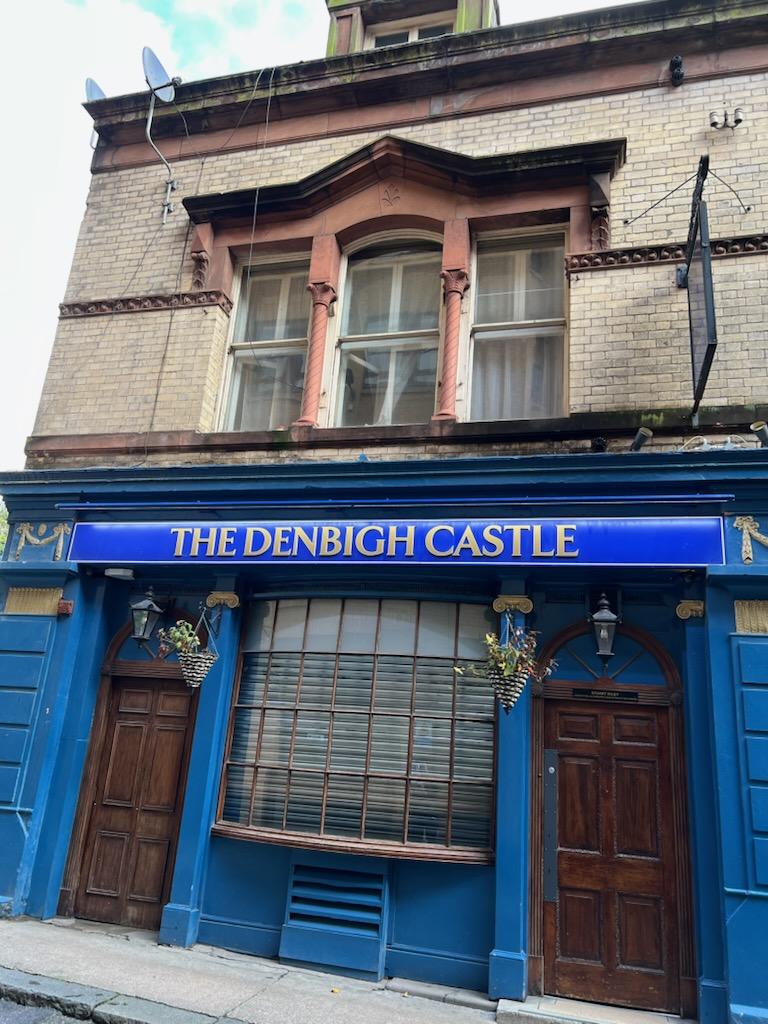
A natural first stop for this bookworm is the Denbigh Castle pub, located on the intriguingly named street, Hackins Hey. I know what you’re thinking “Ant, what are you talking about? It’s a pub!” This wasn’t always the case, however. This used to be the site of Y Brython. Cerdded Lerpwl Y Cymry tells us how this location used to see the height of Welsh hustle and bustle in the 1950s. Books and volumes of Welsh literature on various subjects could be found here. The publishers “Gwasg Y Brython” were located at Stanley Road in nearby Bootle. Gwasg Y Brython was in business until relatively recently, eventually closing down in 1977.
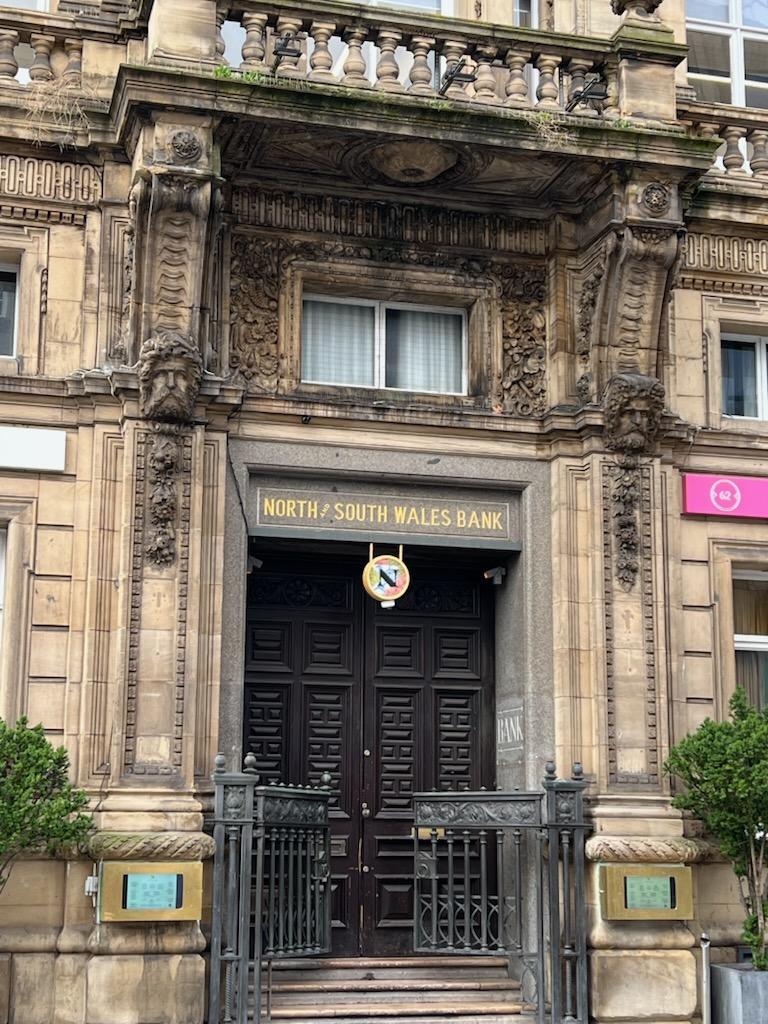
Our next stop is 62 Castle Street. Cerdded Lerpwl y Cymry tells us this been a hotel and cocktail bar since 1990. However, when the building first opened its doors in 1873, it was a branch of the North and South Wales Bank. The original intention here was to expand a bank which already had branches throughout Wales, which themselves opened up in response to the rapid industrial development in Wales during the 19th century. The bank even printed its own notes, that is until it eventually became part of the Midland Bank (HSBC today) in 1907 and stopped issuing its own notes in 1908.
Patagonia
One of the Liverpool branch’s main backers was Love Jones Parry of Castell Madryn in Pen Llŷn. If his name rings a bell, that will perhaps be down to his involvement in the establishment of the Welsh colony in Patagonia. In addition to there being a Puerto Madryn in Argentina, amongst Liverpool’s Welsh Streets, there’s also a Madryn Street.
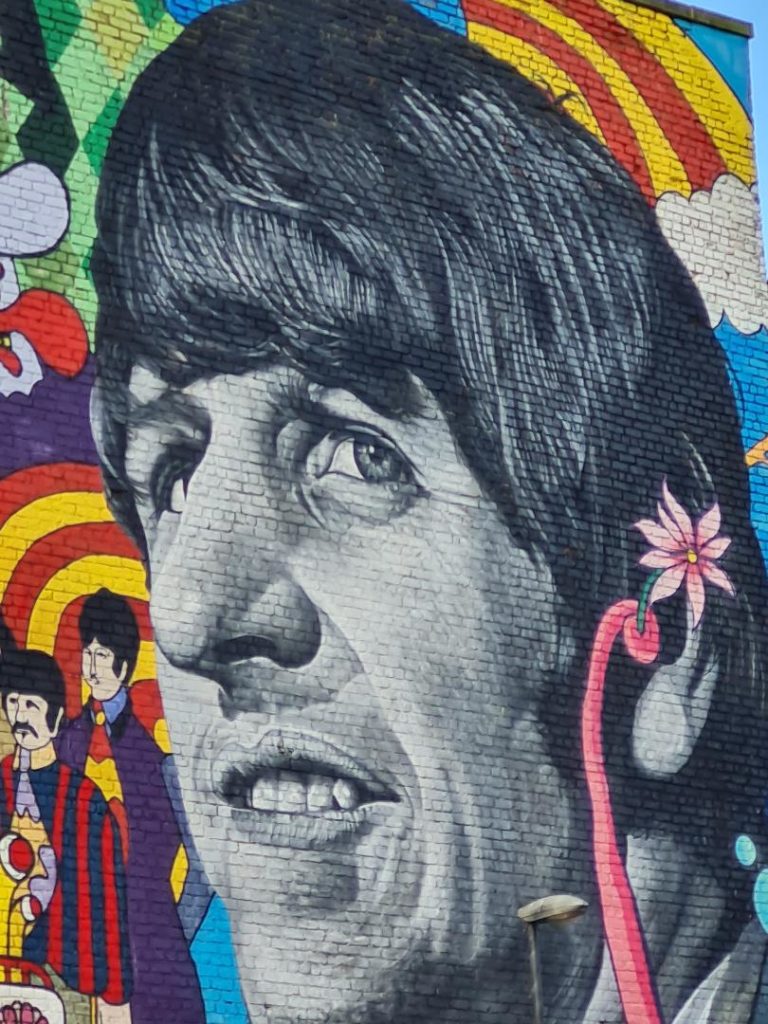
Whilst having a quick look around the Welsh streets, Jamie reminded me that Ringo Starr had been born at number 9 Madryn Street. There’s even a mural to Ringo nearby. My brother informs me at this point just how unpopular “the worst Beatle” is in Liverpool, what with him having spoken so negatively about the city of his birth on numerous occasions. This leads me to make the observation how strange it is that the mural not only exists, but also hasn’t (yet) been defaced!
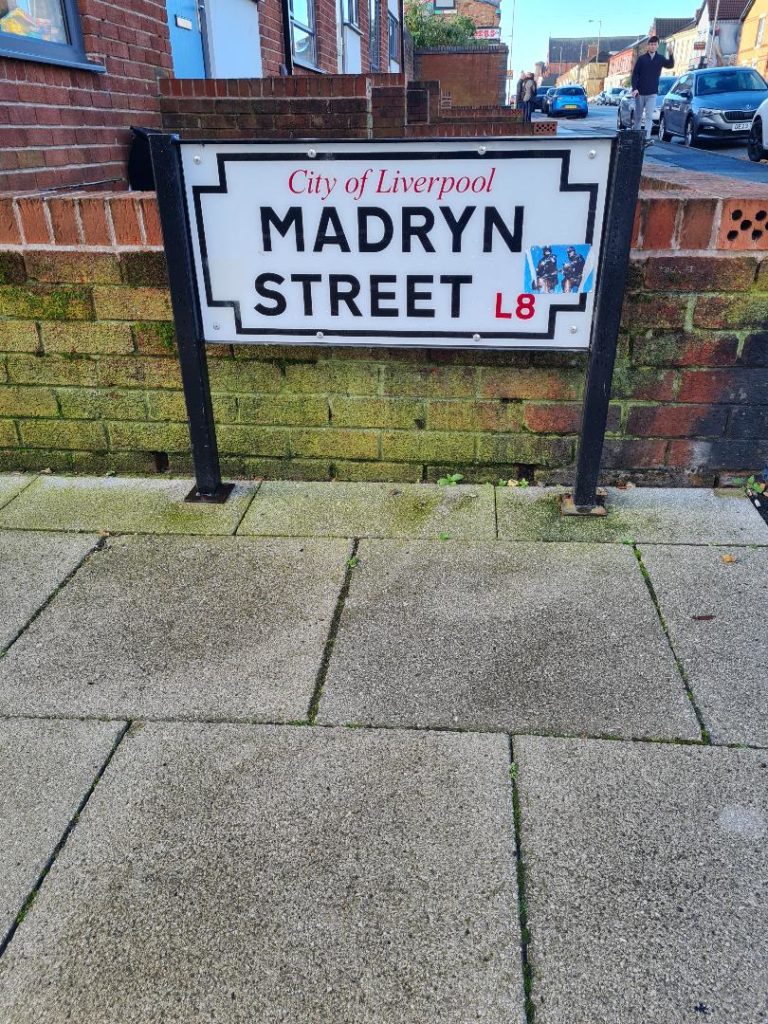
In addition to Madryn Street, there’s also the familiar sounding Rhiwlas, Gwydir, Voelas and Powis streets, among others. These streets were the work of builder David Roberts and architect Richard Owens. These houses were revolutionary for the time when they were built, Gari Wyn telling us in his incredibly handy volume that in addition to street lights, these 19th century dwellings also had running water and indoor toilets!
Worship
The spiritual needs of the Welsh in Liverpool were very well provided for in the community’s heyday. However, by today, you can see how the fortunes of these places of worship have differed. On the one hand, the Princes Road Chapel is a shell of its former self, the holes in the roof of this imposing structure very much in evidence when we stopped to take a photo. But then you have Bethel, the Welsh Presbyterian Church, which, as well as holding weekly services, also serves as the location for Liverpool Welsh Society meetings.
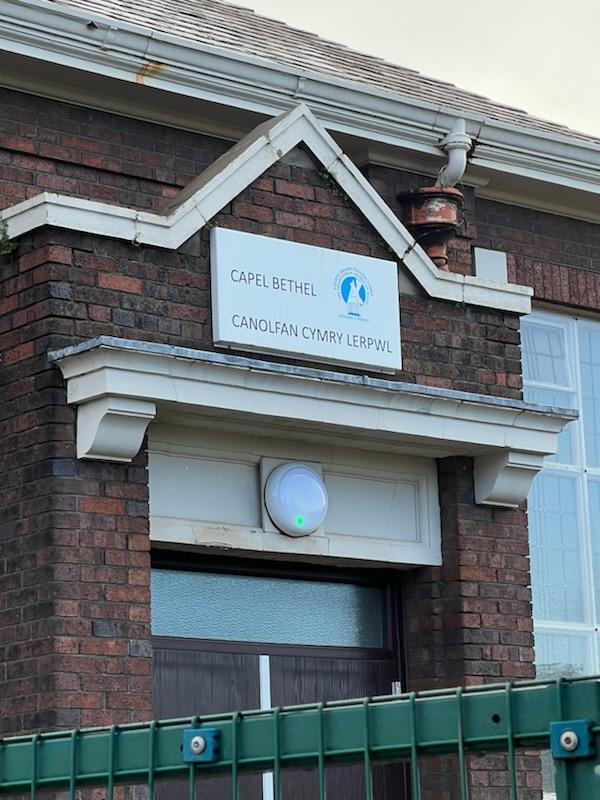
As we’ve seen, the Welsh footprint in Liverpool’s history is very evident. Though relations between Wales and Liverpool haven’t always been positive (the words “Cofiwch Dryweryn” spring to mind). Call me a cynic, but I reckon the only reason Liverpool city council eventually apologised was because they had their eye on Liverpool hosting the Eisteddfod in 2008 to coincide with Liverpool being the European Capital of Culture that year. In the end, the 2008 Eisteddfod was held in Cardiff.
To end on a positive note, my own family has our own Scouse legacy (beyond my hospital stays and sofa surfing). Were it not for a young Welsh immigrant moving to Liverpool from Harlech to train as a nurse between the late 1960s and early 1970s, my older siblings wouldn’t exist. Neither would my nieces, nephew or great niece, come to that. Diolch Mam!
Support our Nation today
For the price of a cup of coffee a month you can help us create an independent, not-for-profit, national news service for the people of Wales, by the people of Wales.





Very good article.
To my ear, North Walians have a Liverpudlian accent when speaking in both Welsh and English. Or is it Liverpudlians have a North Wales accent?
There is an adage I heard from a Liverpool Welsh person I met in the 1980s that Liverpool was built by the Welsh for the Irish to live in. I like to think it is like a pint of Guinness. A deep dark Welsh Presbyterian under layer with a froth of Irish on top. Like Cardiff and all maritime cities it has of course a leavening of many maritime nations including Chinese, West Africans, Norwegians, Germans etc..